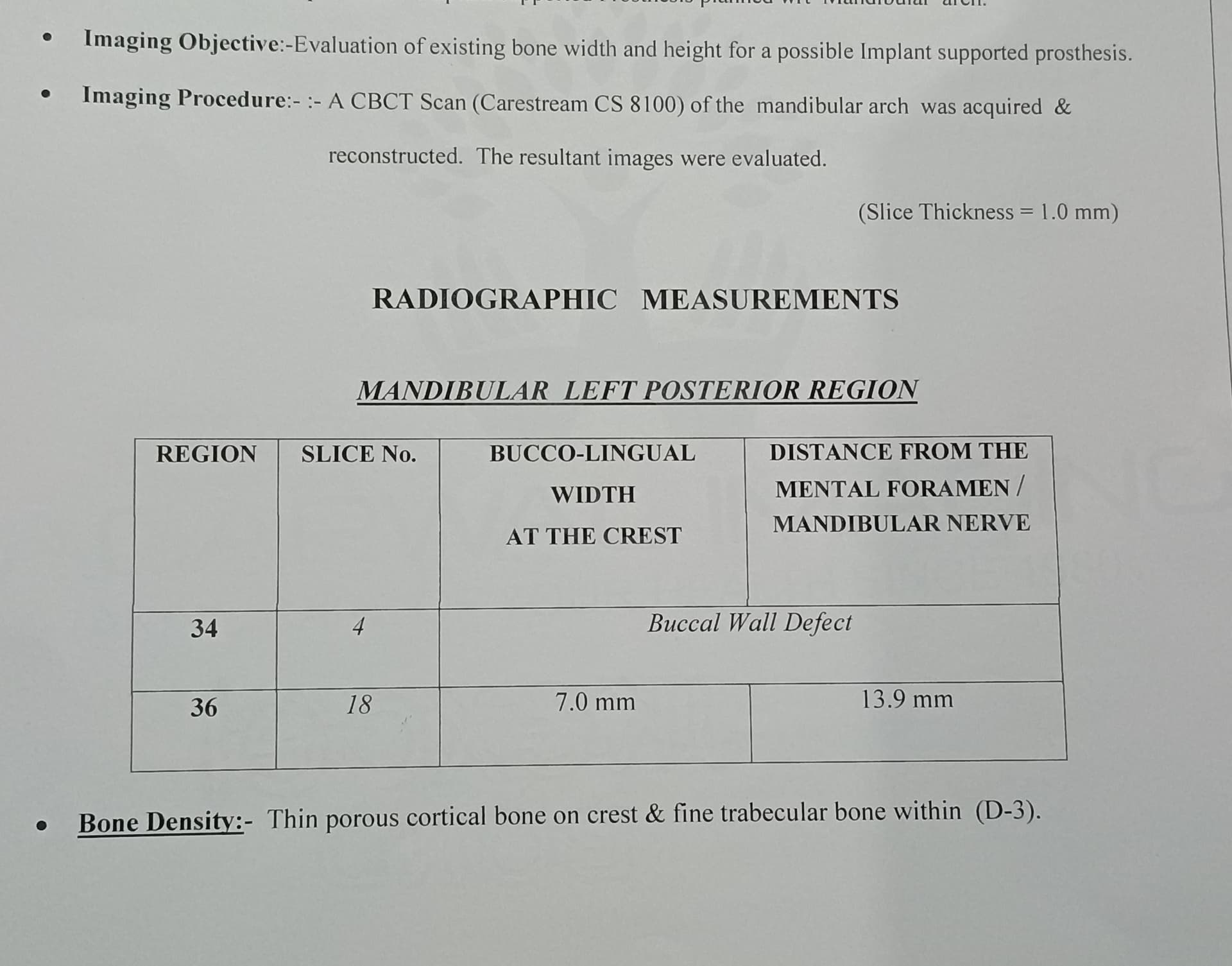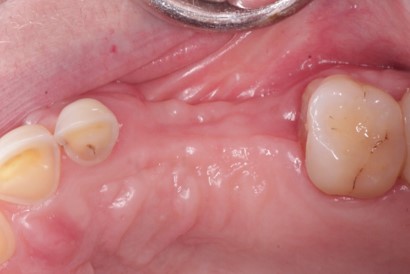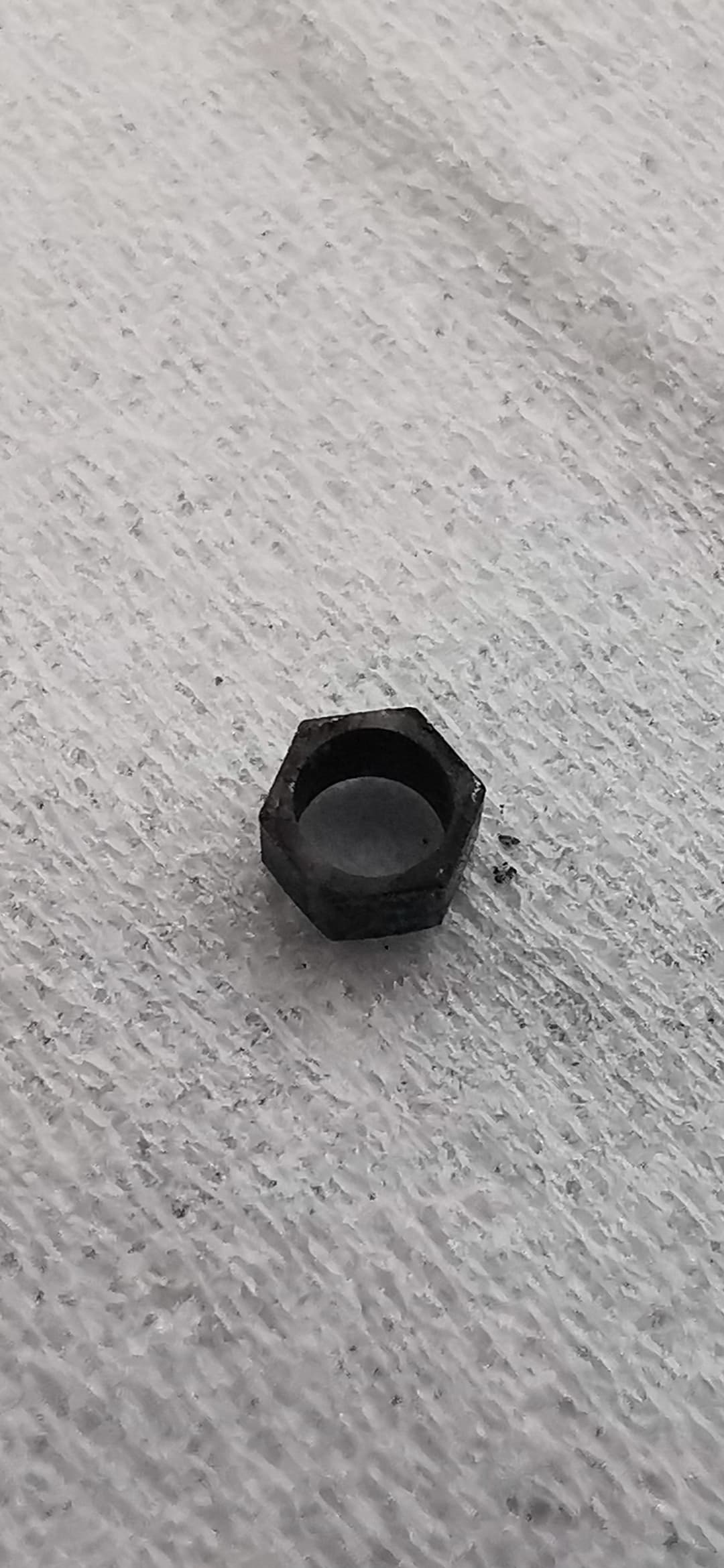Dental Implants: Metal Composition
I recently had cause to investigate the metal composition of dental implant fixtures.
I was surprised at the number of dental implants that traditionally have been made from commercially pure titanium and the small number made from alloy (e.g., 6% aluminum and 4 % vanadium). According to the literature, the alloy is stronger than the commercially pure titanium. So why are so many of the dental implants on the market being made from commercially pure titanium instead of alloy?
8 Comments on Dental Implants: Metal Composition
New comments are currently closed for this post.
Anon
12/6/2005
biocompatability??
Pankaj Narkhede, DDS; MDS
12/6/2005
Modulus of elasticity, that is similair to bone, biocompatibility
Anon
12/6/2005
Biocompatibility can not be an issue as it is the material of choice for most non-cemented hip stems or tibial platforms for artificial knee joints.
The modus of elasticity is actually almost identical for pure Titanium and a Titanium alloy. The difference is in the elongation at yield stress.
Daniel
12/7/2005
The greater Ti composition (CPti type 1 or 2¨, the less amount of free radicals from other components thet would affect Oxidation of surface. We must remember that oxide layer composition and thickness, plus enhance passivity of alloy with cpti improves surface quality, enhancing bone healing, thus osseointegration. Alloys are the choice with thin implants, 3.4 or less of diameter. Implant fractures of larger diameter implants are very rare. In fact in over 10 years of clinical experiencia i have had only one several years ago related to poor case and patient selection(parafunction, standard diameter and wide prosthetics), that correlates the literature case reports.
lack of serious long term reports on alloys is evident as well as manufacturer driven implant system selection.
gerard
12/7/2005
the problem associated with alloys used in dental implants is not biocompatibility but corrosion. Most alloys used contain aluminium and vannadium and both of these placed in a living environnement are much more subject to corrosion than CP titanium.
The ions of these metals can bond to proteins and create what is called an hapten which can, in sensible subjects, lead to serious allergic or anaphylactic responses.
so most manufacturers of dental implants prefer metallurgic treatment of titanium to improve rigidity instead of using alloys...
Abhinav
12/8/2005
The issues in the choice of the material are biocompatibility and mechanical properties. With no direct evidence of any medical problem with leaching of ions (Al, Vanadium) with the use of Grade 5A Ti (Ti-6 Al- 4V) in implants one should consider the mechanical properties. The modulus of elasticity of the implant material should be as close to that of bone to prevent bone loss by a phenomenon called" stress shielding" while providing good yield strength to prevent mechanical failure especially in narrow diameter implants. Grade 5A does provide much better strength than Cp Ti with only a marginal increase in Modulus thus making Grade 5A acceptable and is used by quite a lot of systems -Biohorizons,Endopore,sterioss,bicon,biolok,impladent
sergiu
12/28/2005
MIS implants use titanium 5 too.
Steven Silberg
12/28/2005
Why are you concerned with "stress shielding"? I have yet to see an implant lost due to under stimulation.Stress shielding I dont think happens in the dentofacial complex. More specifically the mouth. If it were the rule then implants could not successfully be put to sleep and later put in functional load. Stress shielding may occurr outside the oral cavity. This concept was developed by Frost back in the 80's. MechanostatTHEORY.Its not a rule or a law in bone physiology to the best of my knowledge.


















